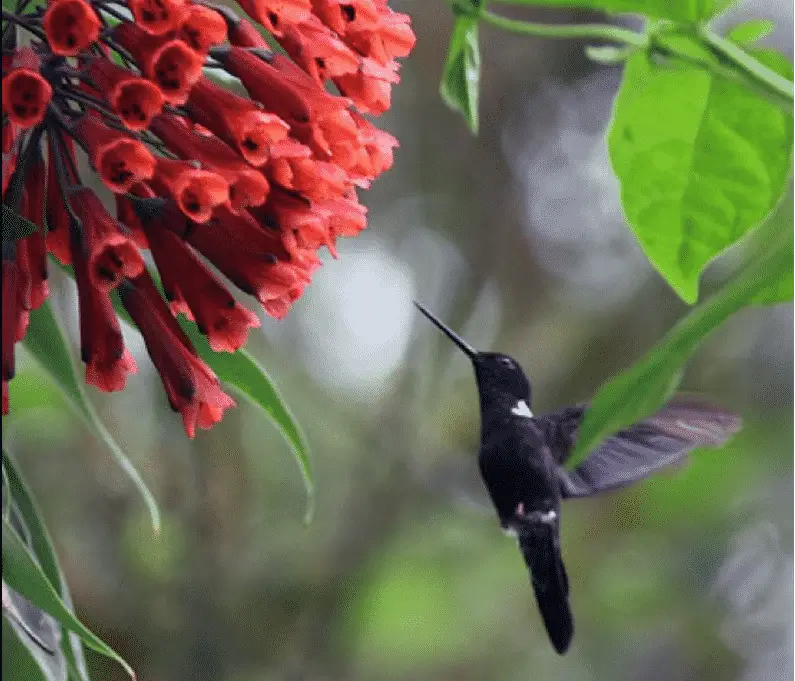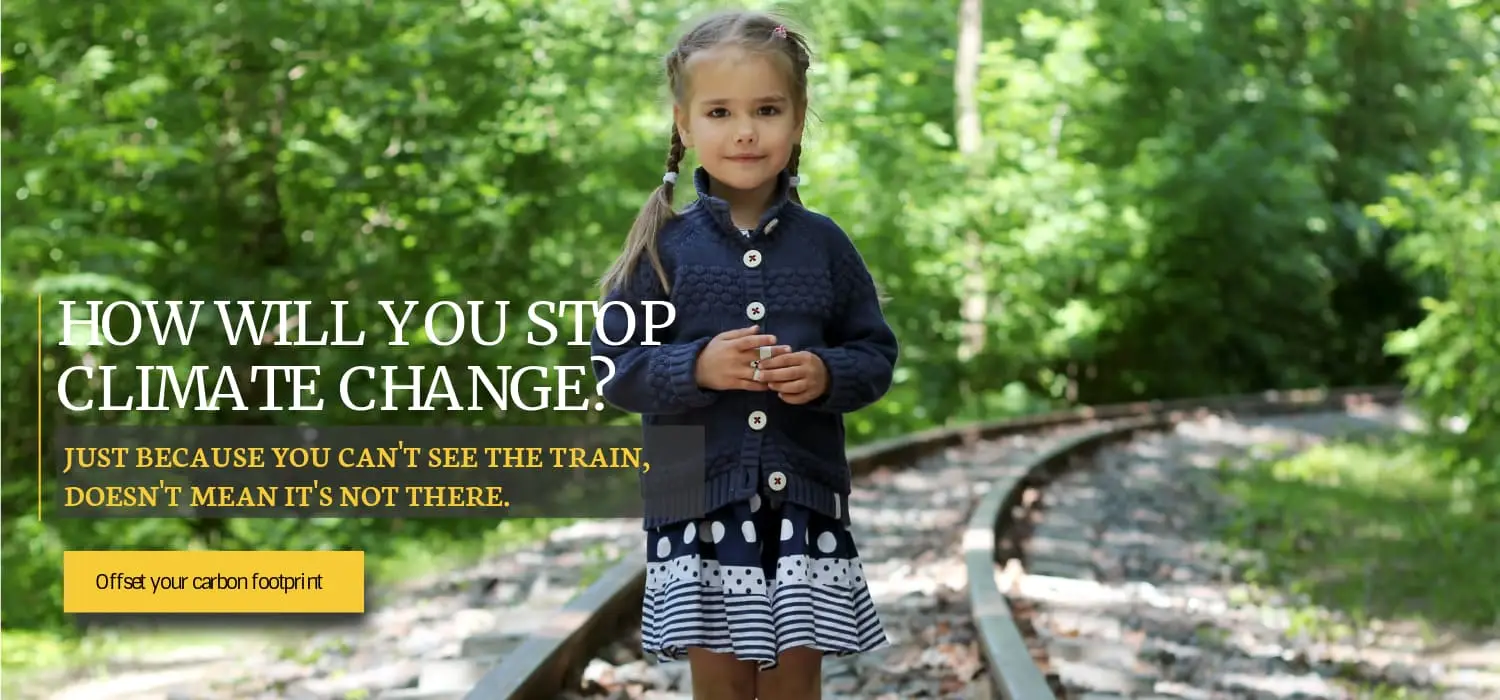
July 19, 2019
In the face of climate change, species are fleeing to the poles and to higher elevations. Saving Nature is trying to help them get there.
HELPING SPECIES ADAPT TO CLIMATE CHANGE
Every year, the world’s increasing population adds approximately 37 billion tons of carbon dioxide into the atmosphere from industry, agriculture, forestry, utilities, and transportation.
Deforestation — of which the burning of tropical forests is the major component — contributes about 10% of these emissions. It is also the principal driver of biodiversity loss.
Our unrelenting carbon dioxide emissions have surpassed the planet’s ability to absorb these greenhouse gases, leading to climate disruption and species extinctions.
Species Moving to Higher Elevations as the Climate Warms
While governments struggle with finding solutions for climate change, species must seek higher ground with habitable temperatures for their survival.
Even under the most optimistic scenarios, we aren’t going to reduce the high levels of carbon dioxide anytime soon. Species do not have the option of waiting. They are moving towards the poles and, in the tropics, to higher elevations. That is, when they can.
Some species may not reach the refuge of higher elevations and will go extinct. The cycle of deforestation and climate change blocks their passage through degraded wastelands. As a result, they become trapped them in an uninhabitable landscape, dooming them to extinction.
Evidence from a 40-year Study: 1978 vs. 2018
Ph.D. student, German Forero-Medina, under the direction of Dr. Pimm, examined the distribution of birds along an elevation gradient in the mountains of Peru. Forty years earlier, Dr. Pimm’s Duke colleague, John Terborgh, had surveyed this same mountain chain at various elevations.
Returning to the original sites and using the same methods, the team compared where the birds are now versus in the past. Simply, they are at higher elevations — though not as high as one expects.
This suggests that the already threatened birds in the isolated patches of forest are in deep trouble. Isolation is bad enough, the inability to move to higher elevations is even worse news.
Saving Nature Builds Corridors to Safe Harbors
Our approach is a simple, effective, and scalable solution to reducing carbon dioxide and preventing extinctions. Restoring degraded land and reconnecting isolated forests achieves two objectives – it absorbs atmospheric carbon emissions and helps species adapt to climate change by finding safe harbor.
Simply put, the corridors we create in biodiversity hotspots connect forest fragments and liberate species trapped and isolated in increasingly inhospitable habitats. By reconnecting isolated forests, we create vital migration routes for species seeking higher ground.
In doing so, we get massive leverage by financing local partners to buy relatively small amounts of land to create significant protected refuges and strategic connections. Merging isolated forest fragments is critical to facilitating colonization of previously inaccessible areas. Doing so diversifies genetics and builds resiliency. In this era of climate change, the forest corridors also serve as the routes to survival as the climate warms.
How Can You help?
We will continue to use both science and savvy to connect, protect, and restore forest corridors. We invite you to join us in this ambitious effort!
Donating to Saving Nature puts trees in the ground for biodiversity, and sequesters carbon from the atmosphere. In short, supporting Saving Nature helps fight the two most pressing environmental problems the world faces—mass species extinction and global warming—at the same time!
Copyright 2025 Saving Nature | fGreen Theme powered by WordPress

